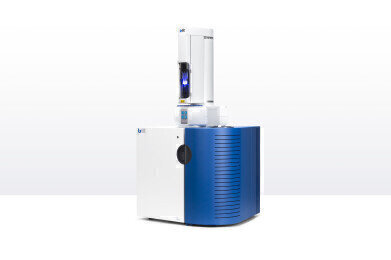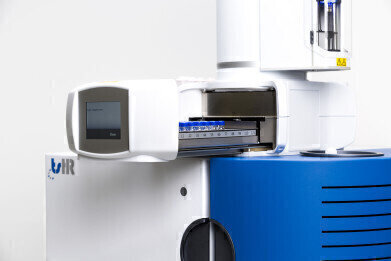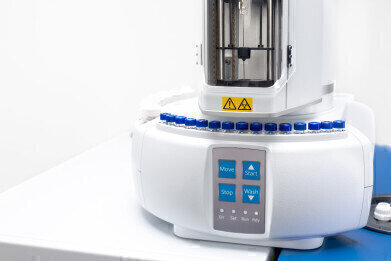Analytical Instrumentation
Trace Level Sulfur Content in Tier III gasoline using the TSHR TS 7000
Jun 15 2016
The US Environmental Protection Agency has issued a new set of rules aiming at reducing tail emissions and evaporative loss of passenger and truck vehicles. The TIER III gasoline will contain less sulfur, and higher ethanol with a stricter control of benzene, olefins, RVP and aromatics. The new Motor Vehicle Emissions and Fuel Standards is found in the code of federal regulations 40 CFR Part 80. The protocol pertaining the Sulfur content in reformulated gasoline is described in Subpart D, Section 80.47.
The protocol has more flexibility as it permits the use of any method providing it complies with established criteria for accuracy and precision. The PBMS approach is therefore a Self-Qualification system for reporting experimental results.
Method compliance
The American Standardisation of Testing Methods (ASTM) published the ASTM D5453 method specifically for the petroleum industry, covering the determination of the total sulfur content in liquid petroleum products by ultraviolet fluorescence detection. It is applicable for liquid hydrocarbons with a boiling point in the approximate range of 25 to 400oC like naphtha, distillates, ethanol, gasoline and diesel blends with sulfur content in the range of 1 to 10,000 ppm (mg/kg).
The TSHR Total Sulfur Analyser, TS 7000, is ideal for the determination of total sulfur particular in automotive fuel samples in compliance with ASTM D5453 method.
Key instrument features
The TS 7000 model analyser configuration is fitted with direct injection port design maintained at 500oC to ensure a proper sample introduction of the automotive fuels. The liquid is evaporated and will entered the oxygen rich combustion zone to ensure a conversion of the sulfur components into SO2 (sulfur dioxide). Water and interferences (if any) are removed by the conditioning stage, which involves a permeable membrane dryer tube. The dried gas with SO2 is led to the UV-F detector for the excitation of SO2 (SO2*) and a photomultiplier tube (PMT) which detects the light emitted by SO2* returning to its ground state. The automatic gain control (AGC) ensures a constant energy level of the UV lamp for excellent long term stability and to reduce the need for frequent lamp calibration.
Experimental results
Under this new protocol the maximum allowable precision from a minimum of 20 tests using good laboratory practices must be:
Max. STD ≤ 1.5*(r/2.77)
where 'r' equals the repeatability of ASTM D7039.
The Accuracy Test in at least 10 consecutive results on a certified gravimetric standard must be:
Accuracy ≤ 0.75* Max. STD DEV
The S determination in 5 reference naphtha and gasoline samples was performed by combustion followed by excitation with a pulsed Xe lamp to measure the UV-Fluorescence according to ASTM D5453. The TSHR Total Sulfur analyser, model TS 7000, is illustrated in Figure 1.
Experimental results and precision data as per the 40 CFR 80 D §80.47 protocol are further discussed in the new Application Note which has been released by TSHR International and can be obtained through your local distributor or via email.
Digital Edition
PIN 25.2 Apr/May
April 2024
In this Edition Safety - Carbon monoxide toxic and flammable gas detection Analytical Instrumentation - Density: A fundamental parameter at critical stages within the petroleum sector...
View all digital editions
Events
May 06 2024 Riyadh, Saudi Arabia
May 06 2024 Houston, Tx, USA
May 06 2024 Houston, Tx, USA
Canada Gas & LNG Exhibition & Conference
May 07 2024 Vancouver, BC, Canada
May 08 2024 Lahore, Pakistan




















